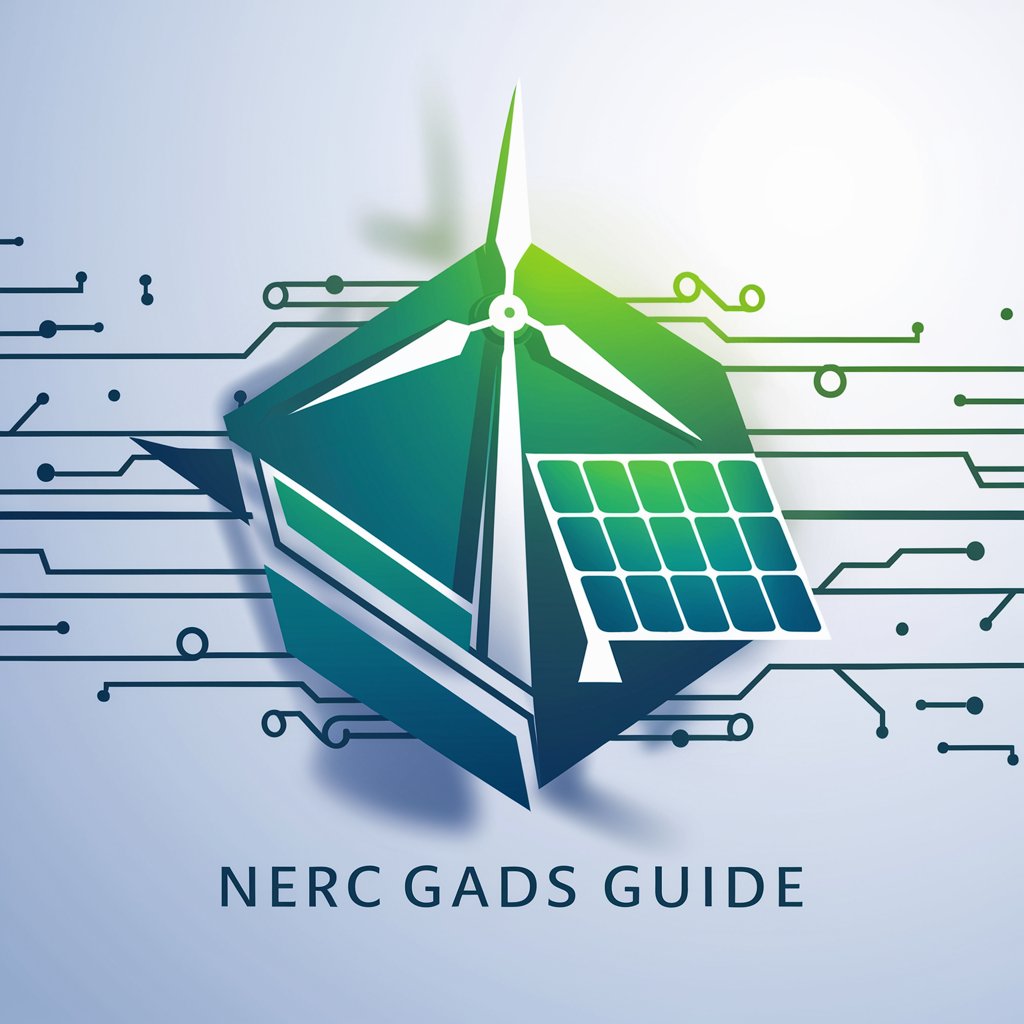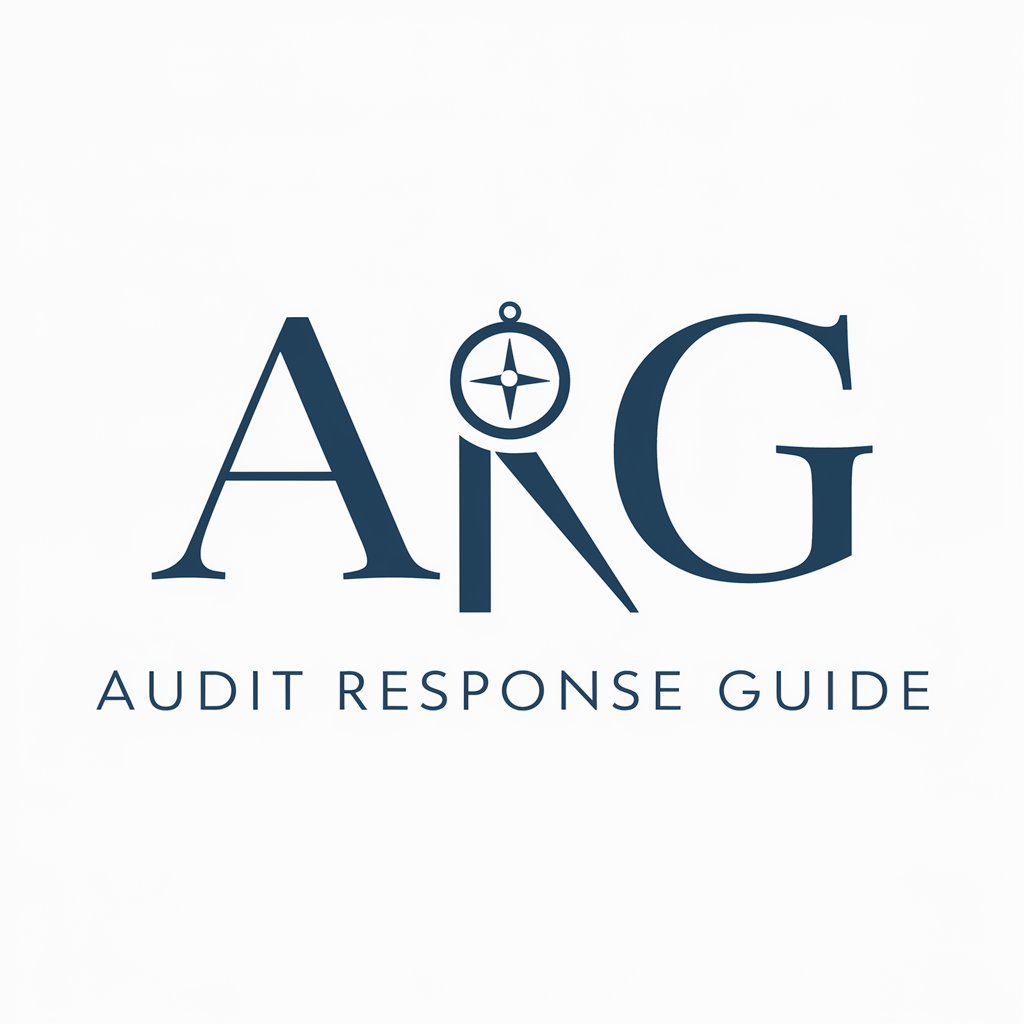
NERC GADS Guide - NERC GADS Reporting Aid

Welcome to the NERC GADS Guide!
Streamlining Power Generation Data Reporting
How can I report wind turbine performance data?
What are the guidelines for submitting solar energy data?
Explain the event reporting criteria for wind plants.
What is the format for configuration data in the GADS system?
Get Embed Code
Introduction to NERC GADS Guide
The NERC GADS Guide is designed to assist plant personnel in accurately and efficiently reporting generation data to the NERC’s GADS Wind Reporting application. It encompasses detailed procedures, schedules, and formats for reporting various types of data including configuration, performance, and event data. This guide serves as a comprehensive manual for understanding how to report data related to wind turbine generation, emphasizing the importance of timely, accurate, and complete data submission. For instance, it details the process for reporting on the installation and operational specifics of wind turbines and associated energy storage, alongside monthly performance metrics and significant event impacts. An example scenario illustrating the application of this guide is a new wind plant preparing to report its installed capacity, turbine specifics, and monthly generation figures to comply with NERC's reporting requirements. Powered by ChatGPT-4o。

Main Functions of NERC GADS Guide
Configuration Data Reporting
Example
A wind farm reports its total installed capacity, turbine model details, and subgroup configurations as part of its initial setup in the GADS database.
Scenario
A newly commissioned wind plant needs to submit detailed configuration data including plant and turbine specifics to establish its reporting profile within the GADS Wind Reporting application.
Performance Data Reporting
Example
Monthly performance data including active turbine hours, generation data, and capacity metrics are submitted to analyze the plant's operational efficiency.
Scenario
Following the third full month after its commercial operation date, a wind plant begins monthly submissions of performance data, enabling analysis and comparison against industry benchmarks.
Event Reporting
Example
Significant operational events, such as a turbine failure causing a loss of generation capacity, are reported detailing the event start and end times, causes, and estimated production loss.
Scenario
After experiencing a forced outage due to equipment failure, a wind plant reports the event to help with the understanding of outage impacts and root cause analysis.
Ideal Users of NERC GADS Guide Services
Wind Plant Operators
Operators of wind plants, especially those new to NERC reporting requirements, find the guide invaluable for understanding how to comply with data submission protocols, enhancing the reliability and efficiency of their reporting processes.
Energy Analysts and Researchers
Analysts and researchers utilize the aggregated and anonymized data provided by NERC to study industry trends, plant performance benchmarks, and the impact of various factors on wind generation efficiency.
Regulatory Compliance Teams
Teams responsible for ensuring that plants meet NERC's reliability standards rely on the guide for detailed instructions on reporting, thereby aiding in regulatory compliance and operational transparency.

How to Use NERC GADS Guide
1. Start with YesChat.ai
Begin by visiting YesChat.ai for a hassle-free trial, allowing you to explore features without any commitment or need for ChatGPT Plus.
2. Choose Your Focus
Select the NERC GADS Guide relevant to your needs—be it wind, solar, or other forms of power generation data reporting.
3. Familiarize with Guidelines
Review the provided guidelines and templates to understand the data reporting requirements and formats.
4. Prepare Your Data
Compile your generation data, ensuring it aligns with the NERC GADS reporting standards and templates.
5. Submit and Analyze
Upload your data through the reporting portal and use the analysis tools available to evaluate your generation performance.
Try other advanced and practical GPTs
Contract Reader
AI-Powered Real Estate Document Guidance

PINEY
Elevating Trading with AI-Powered Pine Script Solutions

Piney Coach
Empowering Your Potential with AI

Humanize AI Writer
Revive Your Text with AI

Winston
Your AI-powered mentor for life's challenges

Culinary Homesteader
Empowering home cooks with AI-driven homestead wisdom.

Math Master
AI-powered precision in mathematics.

Orc Peon Assistant
Empowering your projects with AI-driven assistance.

UX Buddy
Empower Your Design with AI

Cofounder GPT
Bringing Startup Ideas to Life with AI

12-Week Year Planner
Achieve More in Less Time with AI

Process Architect
Crafting clarity with AI-driven documentation.

Detailed Q&A about NERC GADS Guide
What is NERC GADS Guide?
NERC GADS Guide provides comprehensive instructions and templates for power generation facilities to report their operational data. It supports the reliability and analysis of the bulk power system by standardizing data collection.
Who needs to report using NERC GADS?
Reporting is mandatory for generator owners of NERC-registered entities operating generation facilities with a total installed capacity of 75 MW or greater and commissioned on or after January 1, 2005.
What types of data must be reported?
Entities must report configuration data, monthly performance data, and event data for each plant, subgroup, and energy storage, as applicable, to provide a comprehensive overview of operational performance.
How often is reporting required?
Data collection begins on January 1 of each reporting year, with submissions due by August 15. Reporting must be completed quarterly within 45 days after the end of each calendar quarter.
What are the consequences of late reporting?
Entities unable to meet the reporting deadline must notify their regional entity contact. Failure to report or late reporting can impact the accuracy of reliability analyses and may lead to compliance actions.





